Members save 10% or more on over 100,000 hotels worldwide when you’re signed in
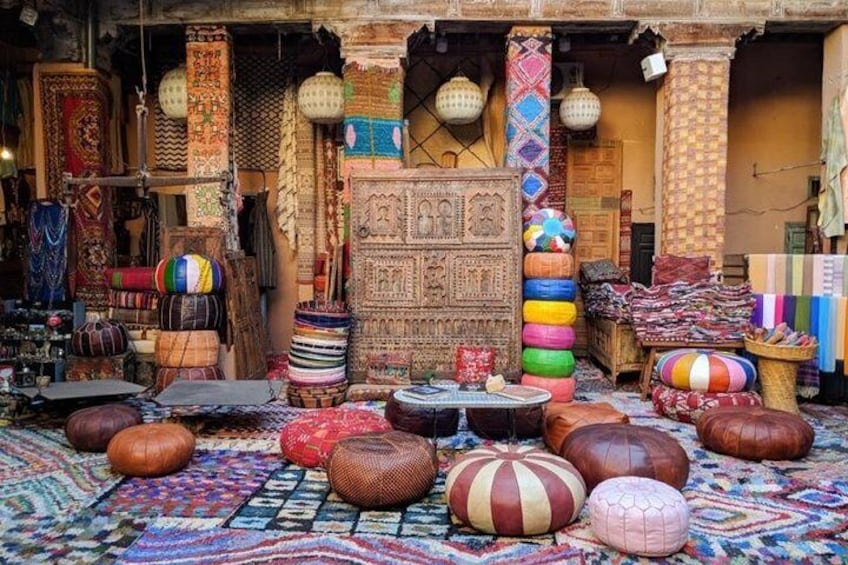
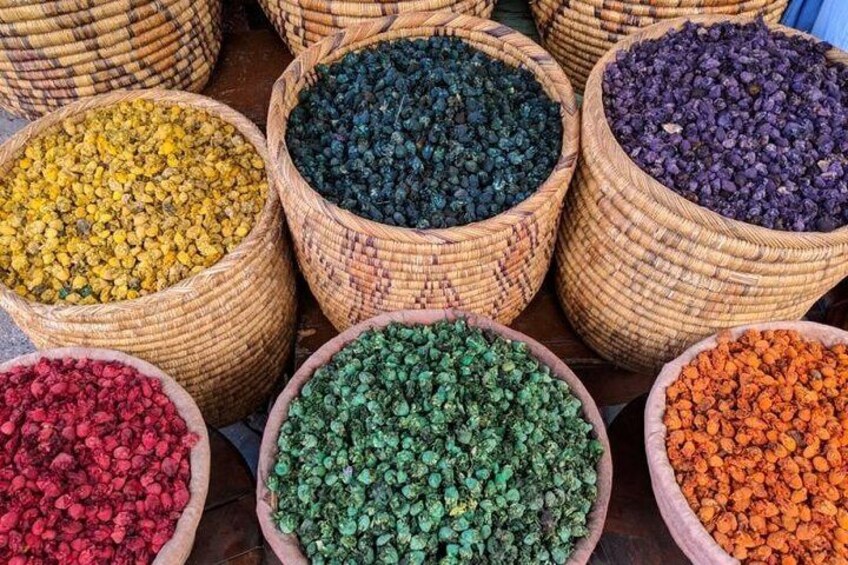
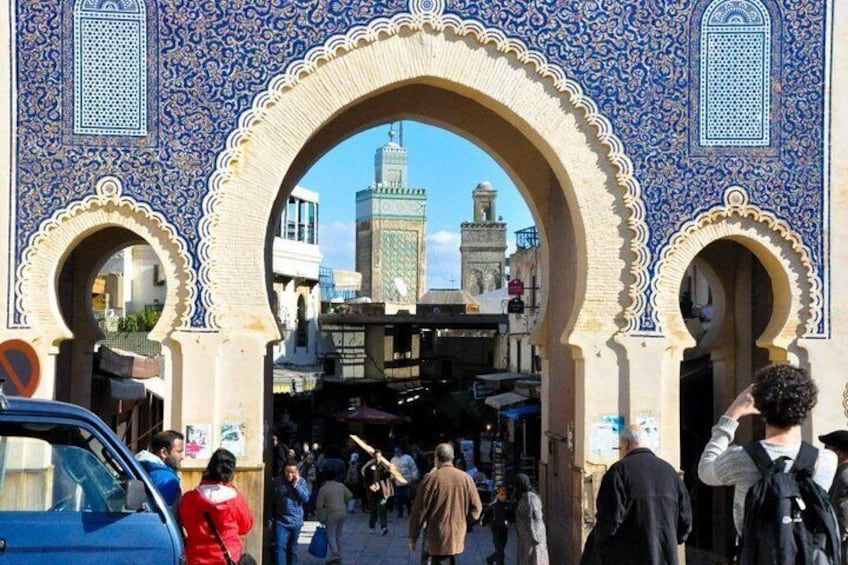
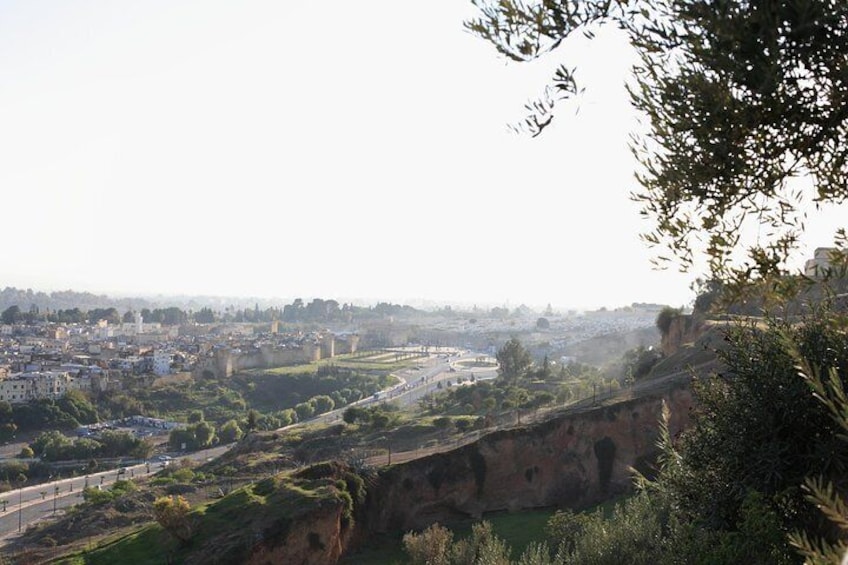
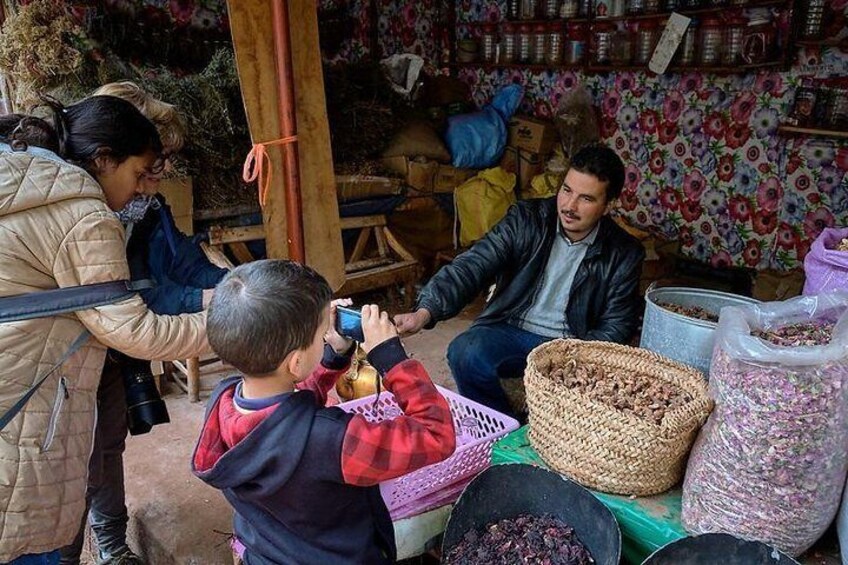
Private Day Tour: Guide in Fez
Features
- Free cancellation available
- 5h
- Mobile voucher
- Instant confirmation
- Selective hotel pickup
- Multiple languages
Overview
There’s so much to see and do in Fez, it’s hard to know where to start. This private full-day tour is the perfect way to maximise your time, with every detail tailor-made for you. Visit landmarks like the Royal Palace and the Batha Museum; explore Fez’ vibrant areas; hit the shops and markets, and get the inside scoop from a Fassi guide.
Full-day private custom-made tour of the Old Medina
Opt to explore the Royal palace, visit the Blue Gate…,
Explore the shops, markets, and monuments of Fez' colourful areas Get insider tips and recommendations from a local guide guide Great-value tour includes hotel pick-up and return transport by Minivan
This private tour can be customised to your interests and ensures you’ll receive personalised attention from your guide
Activity location
- Fès, Fès-Meknès, Morocco
Meeting/Redemption Point
- Fès, Fès-Meknès, Morocco
Check availability
Private Day Tour: Guide in Fez
- 5h
- English
Pickup included
What's included, what's not
- Guide
- Customisable walking tour
- Hotel pickup and drop-off
- Entrance fees for activities and museums
- Lunch
- Service charge
Know before you book
- Infants and small children can ride in a pram or stroller
- Service animals allowed
- Public transport options are available nearby
- Infants are required to sit on an adult’s lap
- Specialised infant seats are available
- Not recommended for travellers with poor cardiovascular health
- Suitable for all physical fitness levels
- In accordance with UK consumer law, activities services are not subject to the right of withdrawal. Supplier cancellation policy will apply.
- This activity is provided by a professional trader (a party acting within their trade, business or profession).
Activity itinerary
Fes el-Bali (Pass by)
Borj Nord (Pass by)
Royal Palace of Fez (Pass by)
Fez Mellah (Pass by)
Dar Batha Museum (Pass by)
Place Seffarine (Pass by)
Souk el Henna (Pass by)
Medina of Fez (Pass by)
Bou Inania Medersa (Pass by)
Al-Attarine Madrasa (Pass by)
Mosque and University Kairaouine (Pass by)
Museo Nejjarine (Pass by)
Sahrij Medersa (Pass by)
Zaouia of Moulay Idriss II (Pass by)
La Belle Vue de la Tannerie (Pass by)
Location
Activity location
- Fès, Fès-Meknès, Morocco
Meeting/Redemption Point
- Fès, Fès-Meknès, Morocco